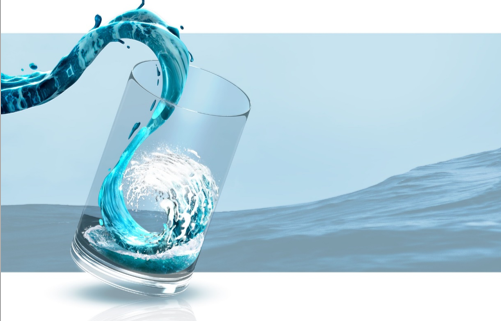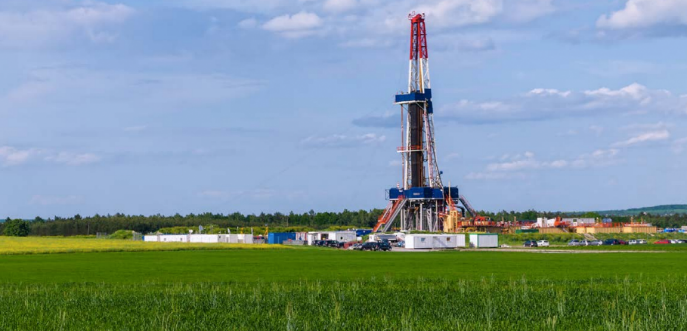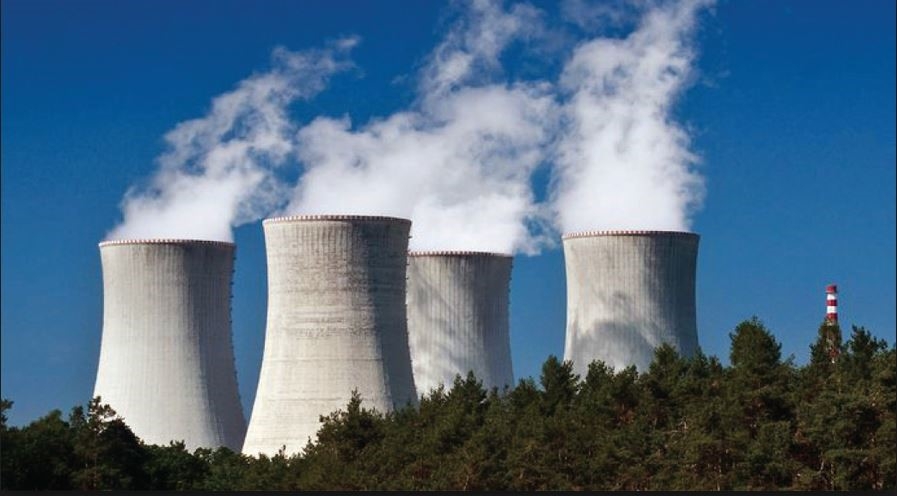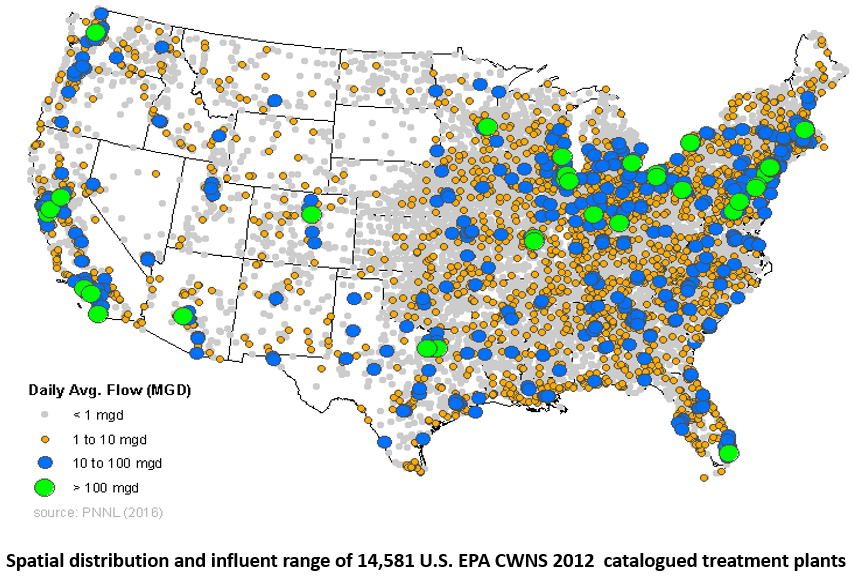U.S. Department of Energy (DOE) officially opened the first stage of the Waves to Water Prize, which seeks to accelerate the development of wave energy powered desalination systems and launch novel technologies to address critical water security challenges. The prize is divided into four stages, and the first concept stage is now open for applications through September 11, 2019.
“The start of the Waves to Water Prize marks an important step toward driving growth and progress in the marine energy sector as well as spurring innovation to develop desalinization technologies that will have a global impact,” said U.S. Under Secretary of Energy Mark W. Menezes. “Supplying potable drinking water is a significant challenge in many parts of the world, and we have the opportunity to use the power of competition to find lasting solutions through the development of these two industries.”
The Waves to Water prize will offer competitors up to $2.5 million in prizes for winners to advance their solutions from concept, to technical design, to the building of a prototype, and culminate in an open water testing competition, where the systems will produce clean water using only waves as power sources. The initial concept stage has $200,000 in prizes, with up to $10,000 in funding for up to 20 winners. DOE is seeking interdisciplinary solutions that are modular and easily transportable, and ultimately can serve the clean water needs of remote communities or aid in disaster relief scenarios. More information on specific guidelines for submissions and rules of the competition can be found
here.
The prize is the first to be launched by DOE under the White House-initiated
Water Security Grand Challenge – a DOE-led framework to advance transformational technology and innovation to meet the global need for safe, secure, and affordable water.
The Waves to Water Prize is led by the EERE Water Power Technologies Office and administered by the National Renewable Energy Laboratory on the
American Made Challenges platform. This prize builds on the success of DOE’s Wave Energy Prize, which catalyzed the development of technologies that doubled the energy captured from ocean waves.
The Water Security Grand Challenge is a White House initiated, U.S. Department of Energy led framework to advance transformational technology and innovation to meet the global need for safe, secure, and affordable water. Using a coordinated suite of prizes, competitions, early-stage research and development, and other programs, the Grand Challenge has set the following goals for the United States to reach by 2030:
Goal 1: Launch desalinaton technologies that deliver cost-competitive clean water
BACKGROUND – Over the next 10 years, 40 states expect water shortages in some areas. Cost-competitive desalination technologies can address water security and alleviate water stress by expanding alternative water resources, such as seawater, estuaries, brackish groundwater, and other sources.
CHALLENGE – Current technologies are energy intensive, with energy costs up to 10 times that of treating freshwater. Environmental issues, such as brine disposal, also pose a challenge.
OBJECTIVE – The Water Security Grand Challenge aims to address these barriers by accelerating research, development and deployment to decrease the cost of processed water, increase water supply resilience, and increase the access to low-cost water.
Current and Recent Opportunities:
Goal 2: Transform the energy sector’s produced water from a waste to a resource
BACKGROUND – Produced water is a byproduct of oil and natural gas extraction, uranium mining, and carbon capture, utilization, and storage. In 2012, an estimated 21.2 billion barrels of produced water from oil and gas were generated in the United States.
CHALLENGE – The high cost of removing constituents specific to produced water can make it cheaper to dispose produced water than treat it. Even so, current disposal practices in oil and gas cost about $40 billion annually.
OBJECTIVE – The Water Security Grand Challenge aims to accelerate research, development and deployment of cost-effective treatment of produced water that can address water scarcity in water-stressed regions by creating alternative water sources for agricultural use, mineral extraction and processing, and other industrial operations, while creating new revenue for the extraction industry through water sales.
Current and Recent Opportunities:
Goal 3: Achieve near-zero water impact for new thermoelectric power plants, and significantly lower freshwater use intensity within the existing fleet
BACKGROUND – Thermoelectric power plants utilize large volumes of freshwater for cooling operations. This water use accounts for about 40% of water withdrawals in the United States. Effluent water from thermoelectric power plants that is returned to its source can affect aquatic ecosystems if altering natural water temperatures and flows. Water that evaporates and is not returned to its source is considered consumed; this accounts for about 3% of U.S. water consumption.
CHALLENGE – The thermoelectric power sector’s reliance on water poses a risk in light of anticipated warming ambient temperatures, increased water stress, and more frequent extreme events like droughts. If improperly managed, the water demand of the thermoelectric power sector may limit water available to other uses, limiting economic growth of surrounding communities.
OBJECTIVE – The Water Security Grand Challenge aims to accelerate research, development and deployment of new technologies that lead to near-zero water impacts for newly built thermoelectric power plants along with significantly lower freshwater use intensity for existing thermoelectric power plants.
Current and Recent Opportunities:
Goal 4: Double resource recovery from municipal wastewater
BACKGROUND – Wastewater treatment plants purchase about $2 billion of electricity each year and face more than $200 billion in future capital investment needs to meet water quality objectives. This can constrain municipal budgets. For example, energy consumption at wastewater treatment plants can account for a third or more of municipal energy bills. Wastewater treatment plants can address these challenges by recovering critical resources and turning them into marketable products. This can create new revenue streams for upgrading water treatment infrastructure, particularly in rural communities, prevent nutrient pollution, and provide new sources of alternative water supplies. Recovered resources include energy that can be used on-site or sold, nutrients, such as phosphorous and nitrogen that can be used as fertilizer, and clean water that can be reused for agricultural, industrial, and potable purposes.
CHALLENGE – Energy costs are expected to increase over time and affect affordability of water for businesses and consumers. Disposal of residual biosolids from water treatment is another significant cost for municipalities.
OBJECTIVE – The Water Security Grand Challenge aims to pursue research, development, deployment and other opportunities to increase resource recovery.
Current and Recent Opportunities:
Goal 5: Develop small, modular energy-water systems for urban, rural, tribal, national security, and disaster response settings
BACKGROUND – Small, modular energy and water systems have the potential to cost-effectively serve areas where energy and clean water are expensive and challenging to produce. Small, decentralized energy-water systems can also play an important role in serving the more than one billion people worldwide that currently lack access to reliable sources of electricity and water.
CHALLENGE – The ability to cost-effectively produce clean water for urban settings where population growth is occurring but central energy or water systems are nearing maximum capacity; for rural communities, including tribal regions where population levels cannot accommodate the economies of scale needed to make large systems viable; for military sites in remote areas without access to central electricity and water systems; and in areas impacted by disaster when storms and other events have knocked existing energy and water systems offline.
OBJECTIVE – The Water Security Grand Challenge aims to spur innovation needed to improve the cost-effectiveness of small, modular linked energy-water systems and test their performance for a range of applications.
Current and Recent Opportunities:





THANKS FOR SHARING SUCH A AMAZING WORK
ReplyDeleteGREAT PIECE OF WORK!!!
Energy Analysis in UK